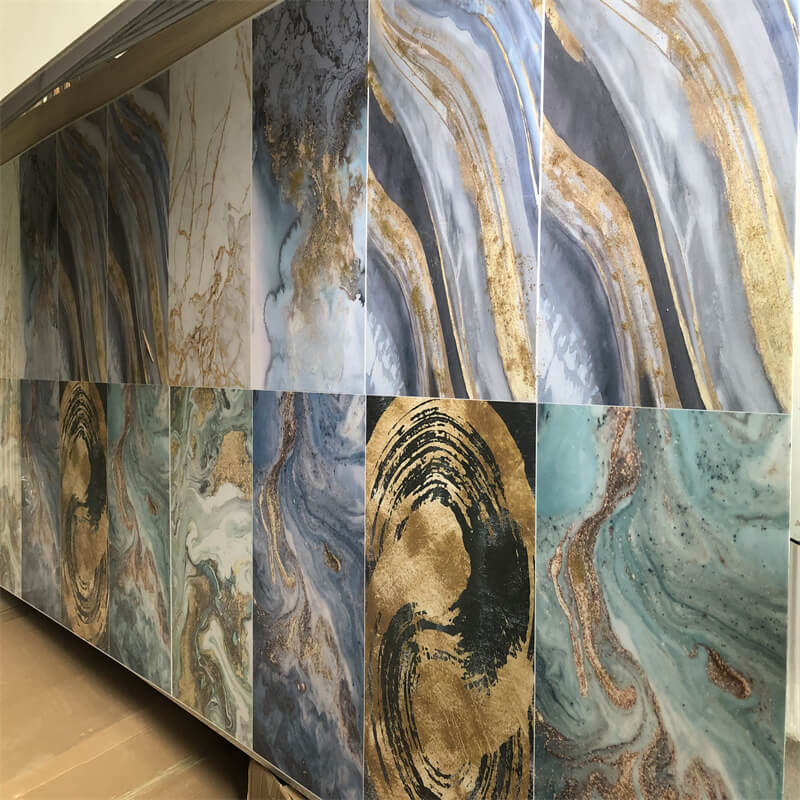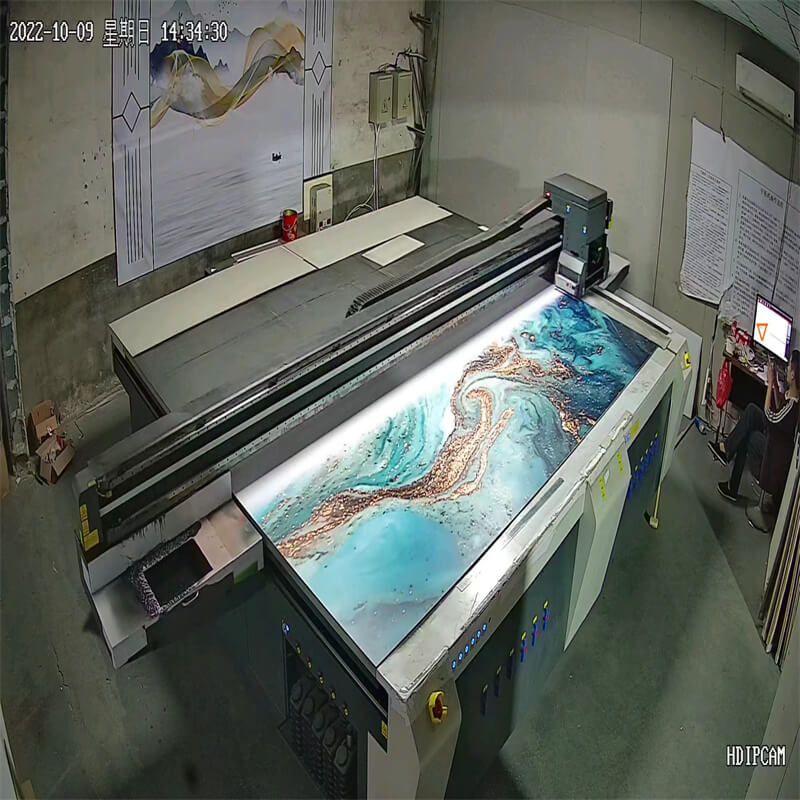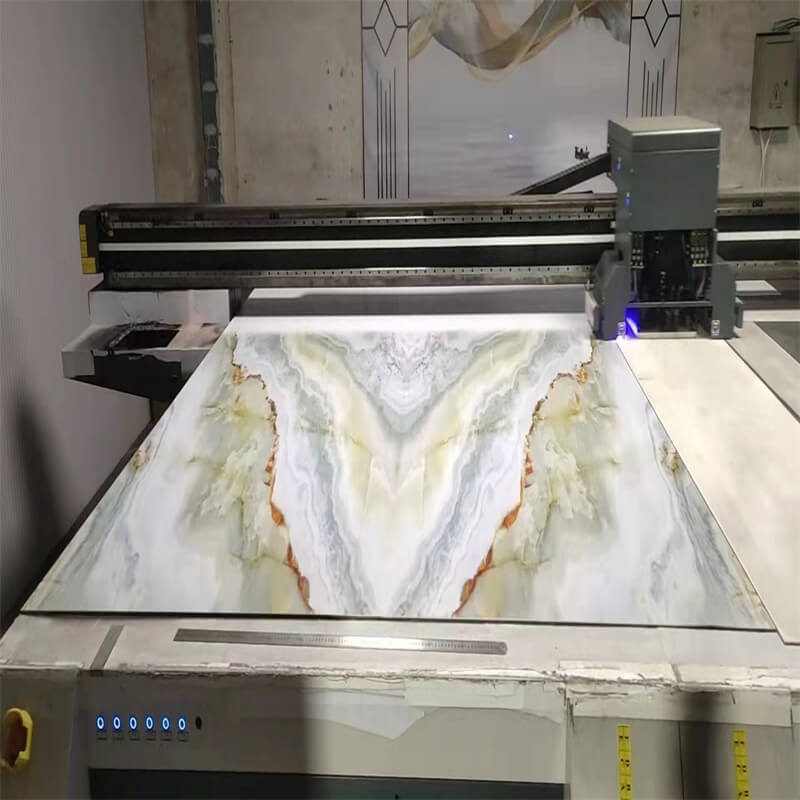
In the pursuit of sustainable and environmentally-friendly solutions, industries around the world have been seeking alternatives to traditional materials.
In recent years, 3D printing technology has emerged as a game-changer, offering innovative solutions across various sectors.
One area where it has made significant strides is in interior design and architecture,
with 3D printed PVC marble sheets gaining popularity as a sustainable and elegant alternative to natural marble.
This essay explores the eco-friendly benefits of 3D printed PVC marble sheets and how they contribute to a more sustainable future.
From reduced environmental impact to resource conservation, these sheets offer a plethora of advantages,
making them a compelling choice for environmentally-conscious designers and homeowners alike.
Subheading 1: Reducing Carbon Footprint
Traditional marble quarrying and processing result in significant carbon emissions, contributing to climate change and environmental degradation.
In contrast, 3D printed PVC marble sheets have a considerably lower carbon footprint.
The manufacturing process of these sheets involves precise material usage, reducing waste and energy consumption.
Moreover, the transportation of heavy natural marble slabs over long distances further adds to the carbon emissions.
3D printing allows local production, reducing the need for long transportation chains and minimizing greenhouse gas emissions associated with logistics.
By adopting 3D printed PVC marble sheets, the construction and design industries can make substantial strides in mitigating their environmental impact.
Subheading 2: Preservation of Natural Resources
Marble, being a natural stone, is a finite resource that requires extensive quarrying.
As demand for marble rises, so does the pressure on these finite resources, leading to ecological imbalances and habitat destruction.
3D printed PVC marble sheets alleviate this pressure by providing an alternative that reduces the demand for natural marble.
By embracing these sheets, the natural stone extraction industry can be minimized, conserving valuable resources for future generations.
Additionally, the 3D printing process optimizes material usage, further reducing the overall consumption of raw materials.
This sustainable approach not only preserves resources but also promotes responsible consumption and production in line with the United Nations Sustainable Development Goals.

Subheading 3: Waste Reduction and Recycling
The production of natural marble generates substantial waste, with large amounts of offcuts and discarded material.
Disposal of this waste presents environmental challenges and often leads to landfills or improper disposal methods.
On the other hand, 3D printed PVC marble sheets are created with minimal waste as the printing process is additive, meaning material is only used where it is needed.
Moreover, any excess material or offcuts generated during the 3D printing process can be recycled and reused in future prints.
This closed-loop recycling system not only reduces waste but also promotes a more circular economy, a fundamental principle of sustainability.

Subheading 4: Energy Efficiency
Traditional marble processing involves energy-intensive machinery and processes, consuming vast amounts of electricity and fossil fuels. In contrast,
3D printing technology operates with relative energy efficiency.
The localized production of PVC marble sheets using 3D printing reduces the energy required for transportation and distribution.
Additionally, advancements in 3D printing technologies have led to more energy-efficient printers and materials,
further minimizing the overall energy consumption in the production process.
This energy-efficient approach aligns with global efforts to transition to renewable energy sources and reduce greenhouse gas emissions.
As the world embraces sustainability as a guiding principle, the adoption of eco-friendly materials becomes paramount.
3D printed PVC marble sheets offer a compelling solution to the design and construction industries, providing a perfect blend of elegance and sustainability.
By reducing carbon emissions, conserving natural resources, minimizing waste, and promoting energy efficiency, these sheets present a viable alternative to traditional marble.
As the technology advances, the scope and applicability of 3D printed PVC marble sheets will likely expand, leading to even greater sustainability benefits.
Embracing this innovative and eco-friendly material is a crucial step towards creating a more sustainable and elegant future for interior design and architecture.
